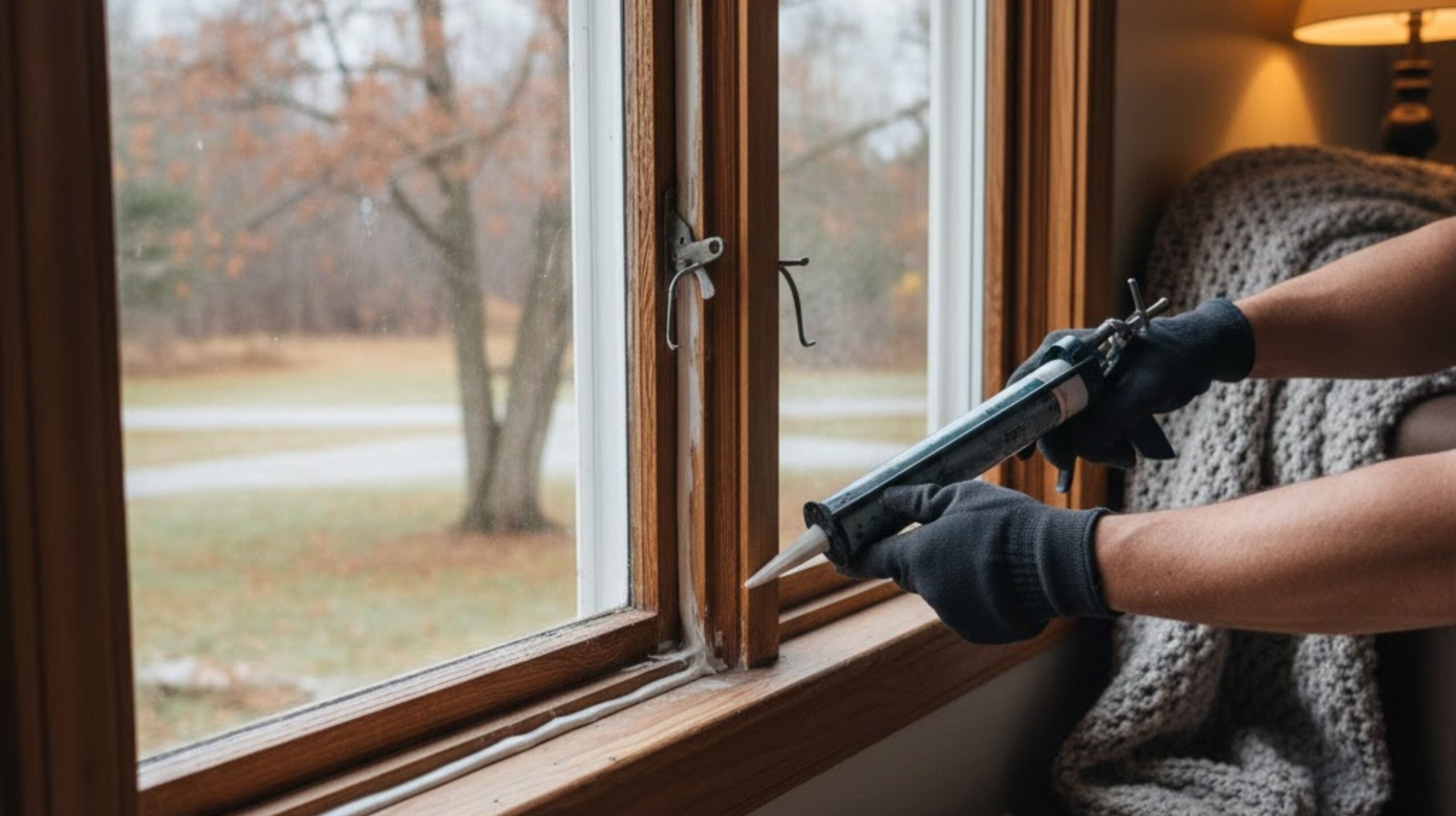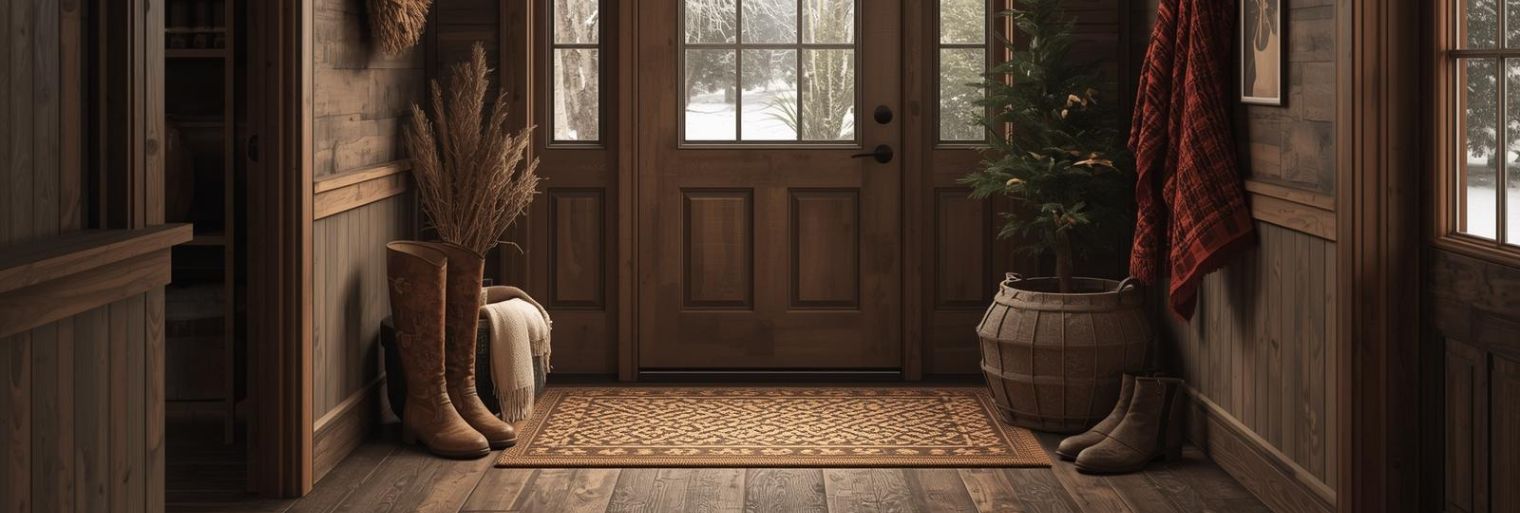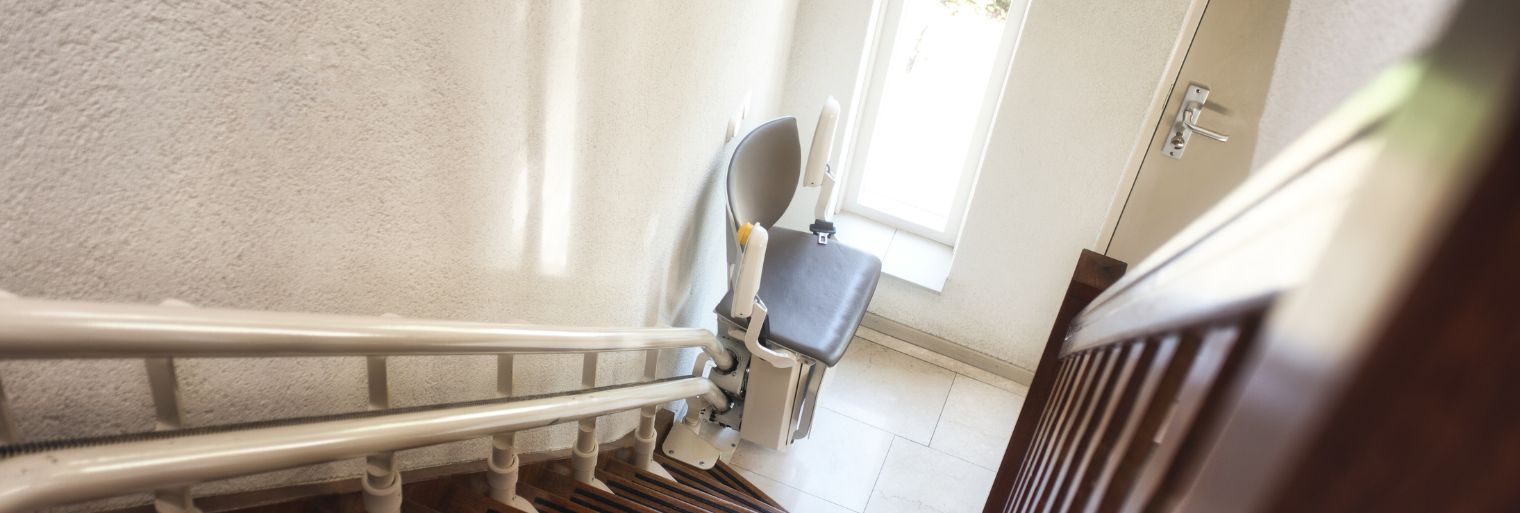
Picture this: icy driveways, damp entryways, and bulky coats that make every step a little riskier. Winter home safety is possible when you proactively address hazards, especially preventing falls on stairs while juggling seasonal chores. This blog guides you through practical steps to make your home safer, starting with exterior fixes that reduce slipping, moving indoors to address hidden risks, and introducing the ultimate accessibility upgrade: stairlifts.
Whether you’re a homeowner preparing for family visits or a caregiver ensuring daily comfort for someone you love, this blog will help you create a truly accessible winter home. Expect simple yet powerful checklists, fresh terminology that goes beyond the usual “grab a shovel” advice, and insights focused on lasting well-being—so you can enjoy the season without worry of slips, trips, or unnecessary strain.
Exterior Defense: Tackling Icy Hazards Outside to Prevent Slips
When winter arrives, your home’s exterior becomes the front line in your fight against slips and falls. Snow, ice, and poor lighting can turn a simple walk outside into a safety hazard—but with a little preparation, you can keep your pathways secure and your loved ones safe.
The Pre-Snow Checklist: Essential Steps for Outdoor Fall Prevention
Before the first freeze, take a careful look around your property. Clear your gutters to avoid “icy waterfalls” that form when water overflows and freezes near the foundation—those slick edges can lead to unexpected tumbles. Next, check your outdoor lighting. Bright, consistent illumination on walkways and stairs is crucial, especially during long winter nights when darkness hides hazards. Replace dim bulbs, test motion sensors, and make sure each path is well-lit. Finally, remove every bit of seasonal debris—leaves, twigs, or forgotten tools—that could hide under a light layer of snow and cause a misstep.
Ice-Proofing Your Walkways and Driveway
Once the cold sets in, the key is traction. Use pet-safe ice melt to protect both your surfaces and furry companions, and add sand in areas where ice tends to linger. For extra grip, install heavy-duty traction mats on porch steps and patios. And don’t underestimate the right tools—ergonomic snow shovels and sturdy scrapers help you clear snow efficiently without straining your back.
Entryways: The Crucial Indoor-Outdoor Transition Zone
This is where most falls happen. As snow melts off boots, it creates hidden puddles just inside your door. Place high-absorbency, non-slip mats inside every entrance to trap moisture before it spreads. By maintaining this small but critical area, you’ll stop slips before they start—and step confidently into a safer winter season.

The Stairwell Risk: Fall Prevention When Hauling Winter Goods
Stairways are deceptively dangerous during winter—especially when you’re carrying more than just yourself. Whether you’re hauling firewood for a cozy night in or lugging bulky boxes of holiday decorations, your balance and visibility are instantly compromised. Add in the weight of winter clothing, stiff boots, or the fatigue that comes from shoveling snow, and each step becomes a potential risk. Studies consistently show that a significant percentage of household injuries occur on stairs, often from simple missteps that could have been prevented with a few proactive measures.
The Double-Danger of Winter Stair Use
Cold-weather activities demand more from your body. When you’re bundled in thick layers, your range of motion shrinks, and your ability to react quickly diminishes. Carrying heavy or awkward loads, like firewood or boxes, shifts your center of gravity and blocks your view of the steps. Combined with fatigue or low visibility, it’s easy to lose footing—especially when moisture from snow boots makes the stairs slippery.
Basic Stair Safety Checks (Before the Snow Hits)
Before winter fully sets in, do a quick stair safety inspection. Make sure every handrail is tight and sturdy; a loose rail won’t save you during a slip. Check your carpet runners and stair treads for lifted edges or worn spots, which can catch a shoe mid-step. Replace dim bulbs and consider adding motion-sensor lighting to improve visibility without wasting energy.
Beyond the Banister: Why Physical Strain Impacts Safety
Carrying heavy or uneven loads strains your back, shoulders, and core muscles, disrupting your natural movement pattern. That muscle fatigue can throw off your balance and prevent your body from recovering if you do slip. Being mindful of your physical strain—and taking lighter loads when possible—keeps both you and your stairs safer all winter long.
Like What you're reading? Subscribe to our Newsletter and get new updates directly to your inbox
Ultimate Accessibility: A Stairlift Solution for Getting Your Home Ready for Winter
Winter brings beauty and comfort—but also a higher risk of falls, especially on stairs. When every trip up or down feels like a balancing act, a stairlift becomes more than just a convenience; it’s a game-changer for home safety.
How a Stairlift Solves the Winter Accessibility Problem
A stairlift completely removes the physical strain of climbing, offering a reliable and truly accessible home. It allows you to glide effortlessly between floors, eliminating the risk of slipping on icy shoes, bulky clothing, or tired legs. Beyond personal use, it doubles as a small freight elevator, safely transporting heavy winter goods—like bags of salt, firewood, or storage boxes—without any physical effort. This makes it the most effective solution for preventing falls on stairs while responsibly getting your home ready for winter.
Specific Use Cases: Firewood and Seasonal Decorations
Imagine the ease of pressing a button and sending a week’s supply of firewood upstairs without lifting a knee or worrying about balance. Or picture retrieving those big boxes of holiday decorations without holding your breath on every step. A stairlift ensures that you and your belongings travel safely, protecting you from the risk of injury that can occur in an instant during the cold months. It transforms what used to be a stressful task into a smooth, effortless part of your winter routine.
The Right Choice: Selecting a Stairlift for Your Needs
There’s a stairlift for every type of staircase—straight models for simple layouts and custom curved designs for more complex spaces. Even exterior stairways and porches can be fitted for year-round use. When choosing one, look for features that enhance winter home safety: sturdy safety belts, durable upholstery resistant to moisture, and intuitive, easy-to-operate controls. With the right stairlift, your home stays accessible, secure, and stress-free all season long.

Interior Fall-Proofing: Beyond the Staircase for Comprehensive Safety
Winter isn’t just about icy steps and slippery driveways—many falls happen inside the home, where hazards often go unnoticed. When you spend more time indoors during the colder months, every room deserves a second look to ensure it’s truly safe and accessible.
The Subtle Threats in High-Traffic Areas
Start with the floors you walk on every day. Unsecured area rugs are among the biggest indoor culprits of slips. Add non-slip pads under every rug, no matter how small, so they stay firmly in place even when you’re wearing socks or slippers. Electrical cords can also become unexpected trip hazards, especially when you’re plugging in heaters, lights, or holiday décor. Secure them neatly with cord covers or tape so they never cross walkways or doorways. These simple adjustments can make your living spaces safer without changing their comfort or charm.
Bathroom Fortification for Colder Months
Bathrooms pose a unique danger during winter, when floors are often cold, wet, and unforgiving. A slip here can lead to serious injury due to hard tile surfaces and tight spaces. Install grab bars near the shower, bathtub, and toilet—they provide essential stability when you need it most. Inspect bath mats regularly and replace any that have lost their grip; a worn-out mat can be just as risky as a slick floor.
Emergency Preparedness and Visibility
Power outages are more common in winter, so keep flashlights in easily accessible places and check batteries frequently. Also, take a moment to look at how your furniture is arranged—ensure that pathways are clear, wide, and free of clutter. With just a few mindful changes, you can create an indoor environment that’s both cozy and confidently safe all season long.
Secure Your Ride With Clock Mobility
When it comes to creating a safer, more accessible lifestyle, Clock Mobility goes beyond your front door—we help you stay mobile everywhere you go. Whether you’re winterizing your home or planning safe travel through snow-covered streets, we bring adaptive equipment and accessible vehicles to your driveway through our nationwide network. You can choose local pickup at one of our certified centers or have your vehicle shipped directly to you for maximum convenience.
Our certified technicians handle everything from installation to ongoing maintenance and repairs, so you can trust your vehicle to perform safely all year long. And when you hit the road, you can travel with confidence knowing that you’re supported by the extensive BraunAbility dealer network across the United States.
Explore our wide inventory of BraunAbility and VMI conversions on favorite models like the Chrysler Pacifica and Toyota Sienna. Whether you prefer side-entry, rear-entry, or specific ramp and lift configurations, our mobility specialists are here to help you compare options and find your perfect fit. Plus, our rental program allows you to try before you buy, or simply rent a van only when you need it. This winter, secure your ride—and your independence—with Clock Mobility. Contact us now!
